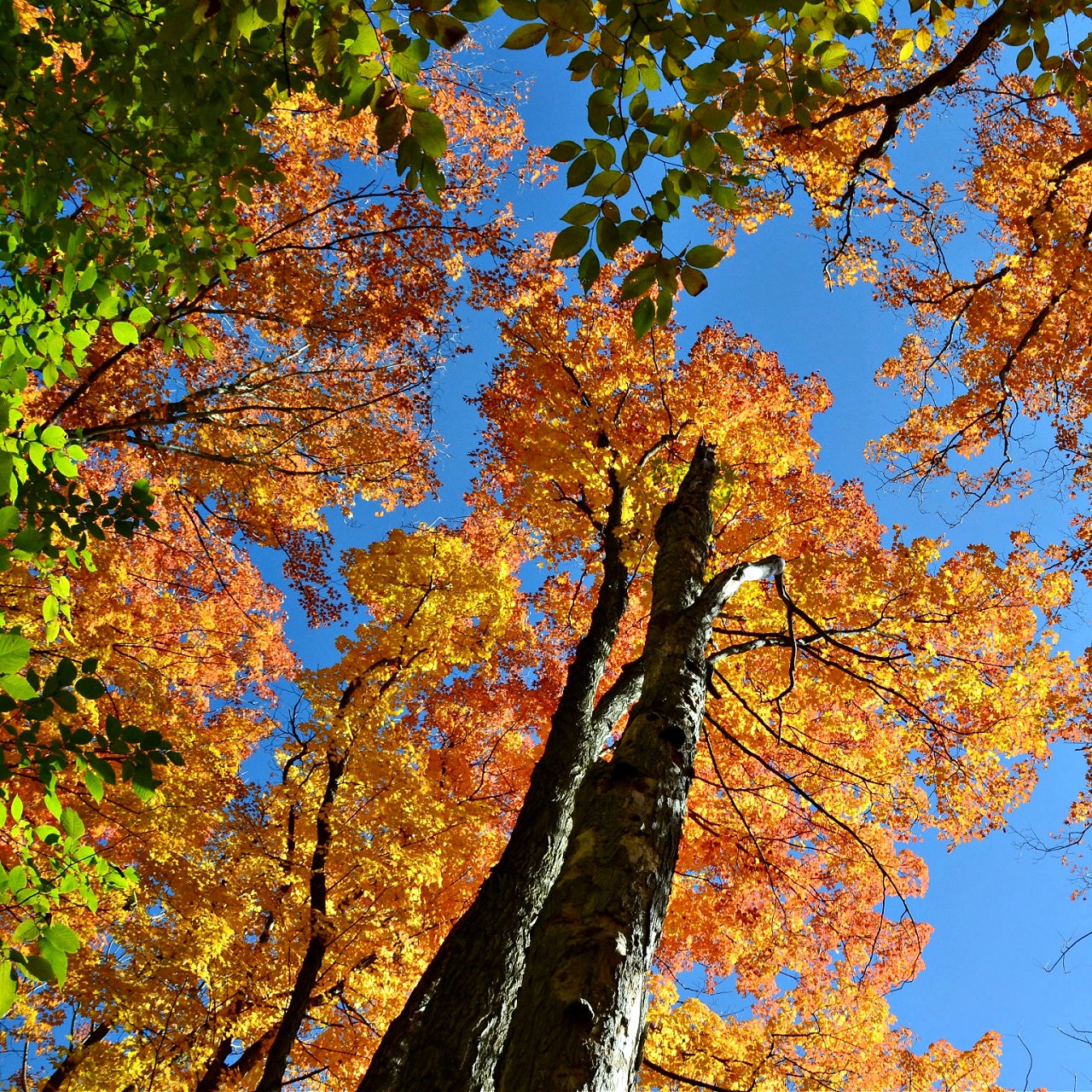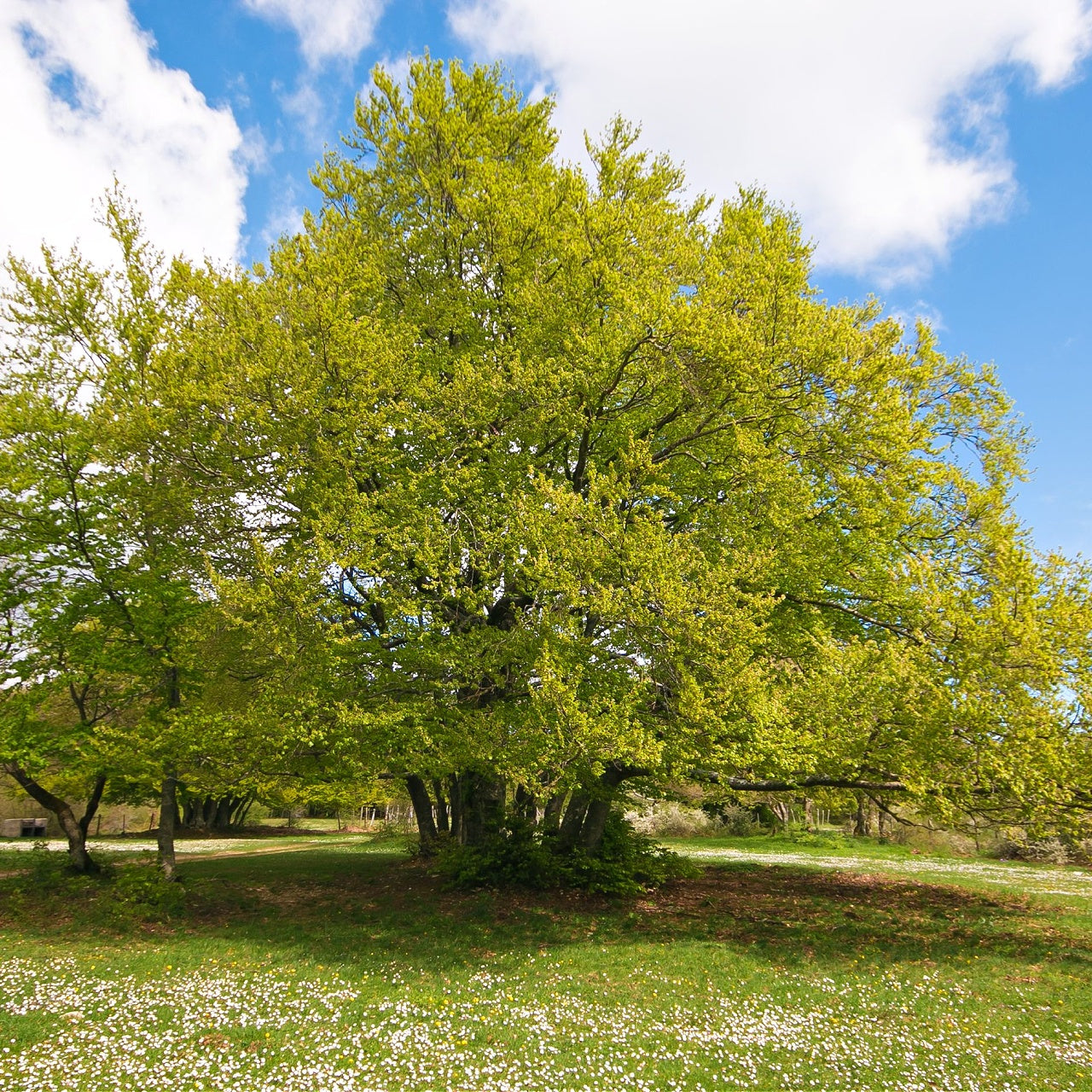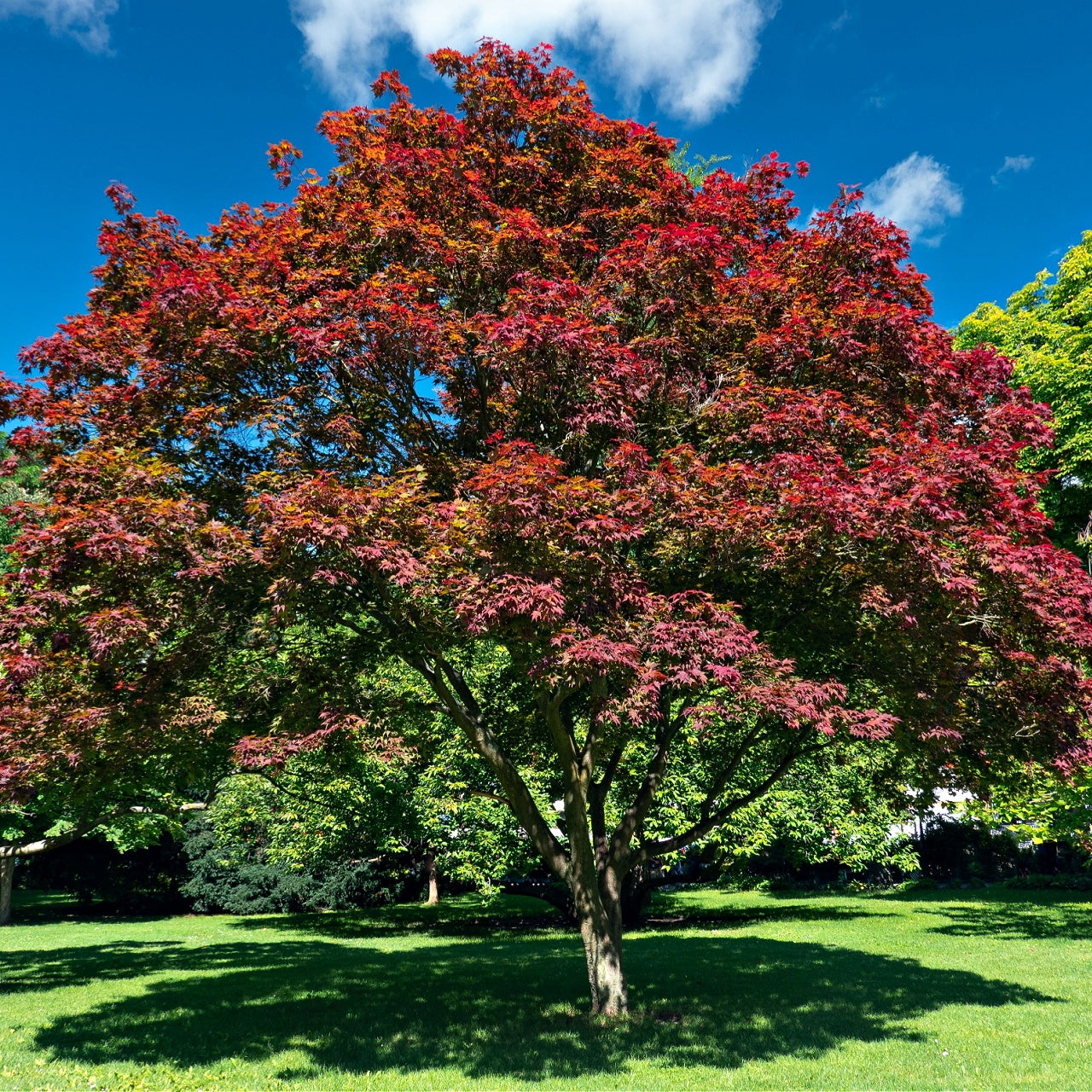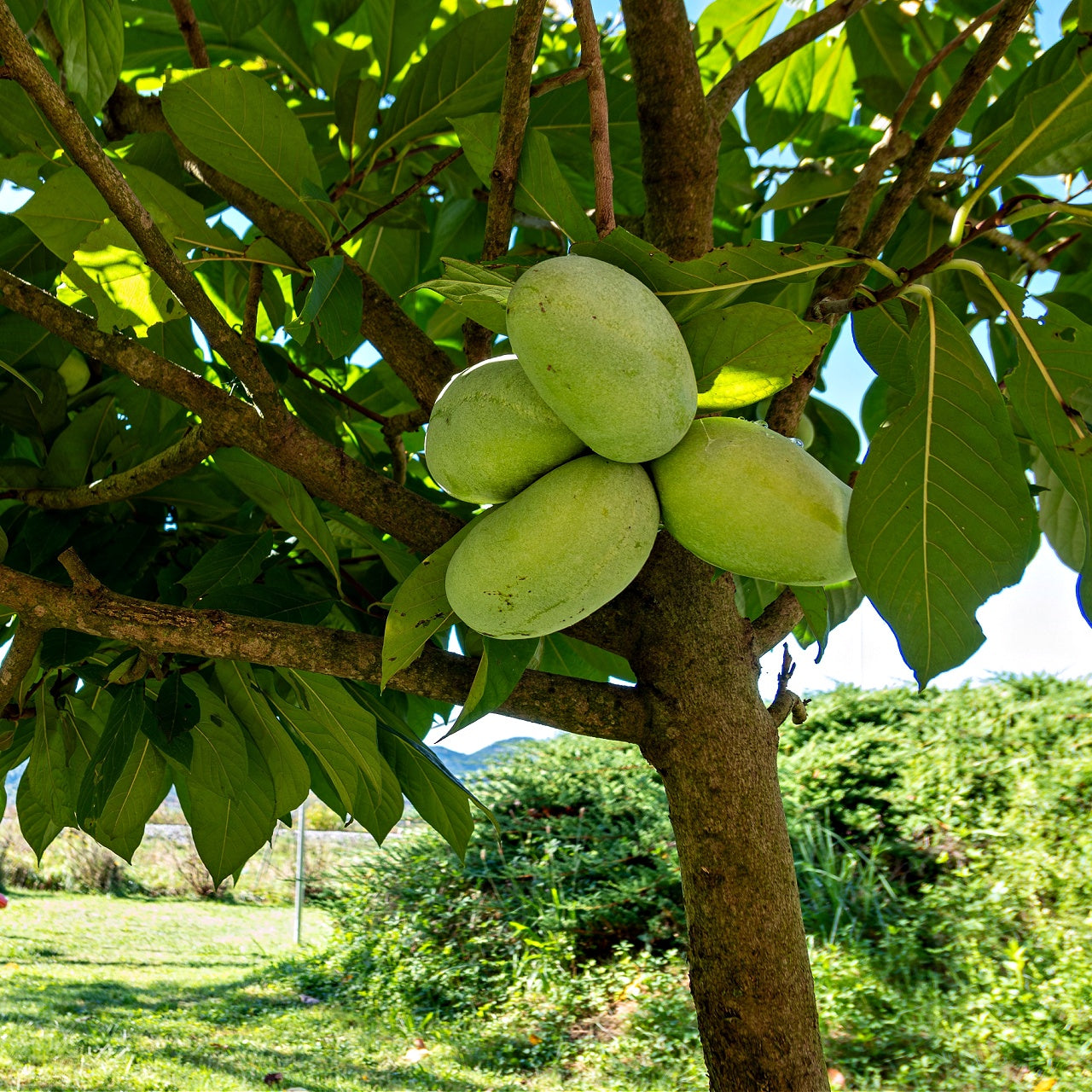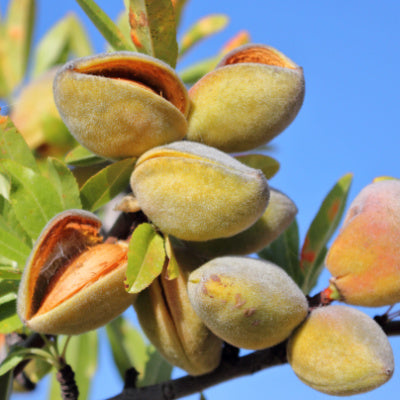
What Is an Almond Tree?
What Is an Almond Tree?
The almond tree is considered the king of all fruit trees. It has a height of 20 feet (6 meters). The almond leaves are deciduous, opposite, and straightforward. Almond flowers are bisexual and actinomorphic and have three sepals, three petals having a superior ovary with a single locule ovule in each flower.
How Do You Take Care Of Almond Trees?
To ensure that your almond tree blooms, you should fertilize it with a balanced fertilizer in the early spring. This will provide the nutrients that the tree needs to produce flowers.
How Much Sunlight Can An Almond Tree Take?
Almonds trees require at least six hours of direct sunlight each day, but they can tolerate partial shade as long as enough light is available to photosynthesize properly. If your almond tree does not receive enough sunlight, it may begin to drop its leaves prematurely or produce fewer fruits than expected
.
Do Almond Trees Back Up Every Year?
Yes, if you want them to produce fruit every year, then you need to prune back the branches of your tree so that it is manageable and manageable with leaves. This will give your tree room to grow more vigorously and produce more fruit in future years.
What Does An Almond Tree Look Like?
Almond trees have a rounded, symmetrical shape with a single trunk. The leaves are light green and oval-shaped. They are about 3 to 4 inches long and 1 to 2 inches wide. The flowers grow at the end of branches and appear as white or pinkish-white blossoms approximately 1/2 inch long. The fruit produced from these flowers is an almond nut and can be eaten raw, roasted, or made into almond butter.
Where Do Almond Trees Grow?
Almond trees are from the Mediterranean region but can also grow across northern Africa and Asia. They thrive in hot, dry climates that do not get too much rain during summer. The climate must also be warm enough for almonds to produce fruit and flowers yearly.
What Are The Environments In Which Almond Trees
Grow?
Almonds like sandy soil with good drainage because it is easier to absorb nutrients from the soil without being washed away by heavy rains or melting snow. They will also do well in rocky hillsides or mountainous regions with plenty of sunshine.
Are Almond Trees Toxic?
Almond toxicity is rare but does occur in dogs due to their high-fat content (about 20 percent). Symptoms include vomiting and diarrhea within 12 hours of ingestion.
How Do You Grow An Almond Tree?
The best time to sow an almond tree is during fall after the first frost has killed off many diseases-carrying insects that would otherwise attack your tree during the growing season.
How Do You Care For A Almond Tree?
During winter months (October through March), Almond trees need very little water or nutrients but should be protected from late freezes by mulching or covering with burlap cloths at night when temperatures drop below 0 degrees Celsius.
How Did Almond Trees Get Their Name?
The word Almond comes from the Latin word almonds, derived from the Greek word amygdale. The Greeks believed this nut was named after a nymph named Amalthea, who nursed Zeus as an infant.



